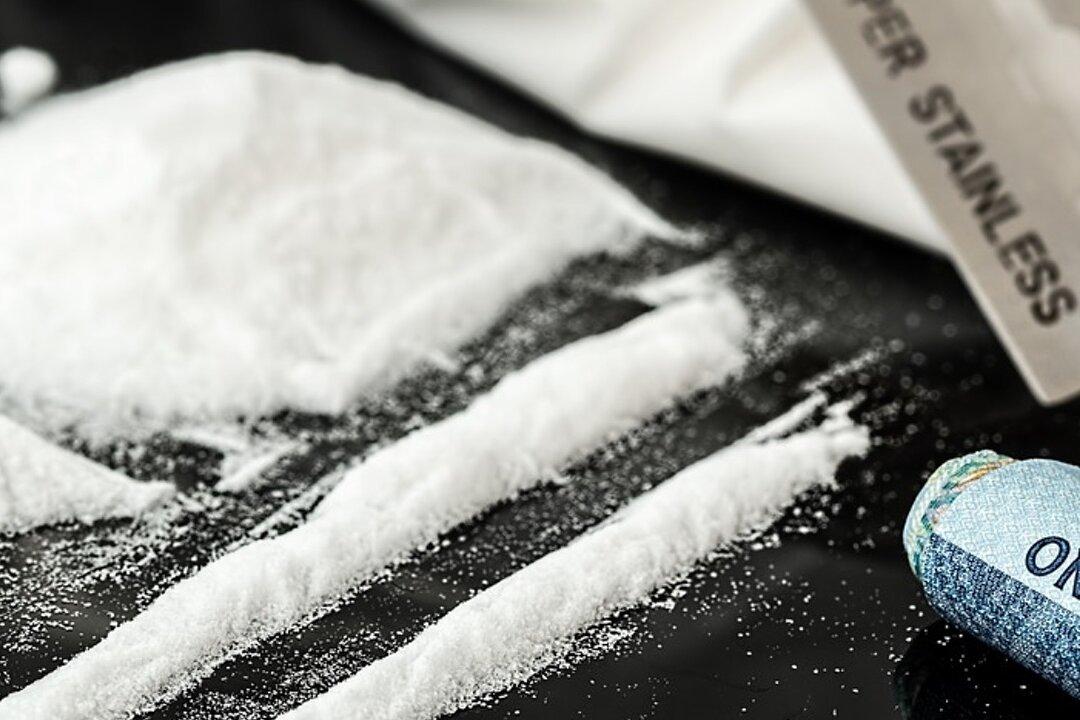Connecticut’s Department of Public Health has imposed a fine on a nursing home where four patients were found to have taken cocaine.
According to a report by the News Times, the RegalCare facility in New Haven was hit with $1,680 in fines after patients tested positive for cocaine.





